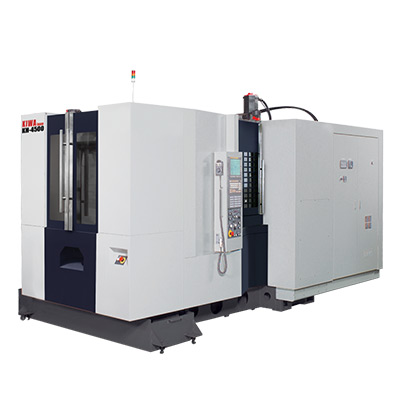Understanding AC Pressure Pipes and Their Applications in Air Conditioning Systems
Understanding AC Pressure Pipes Key Features and Applications
Air conditioning (AC) systems are critical in modern buildings, ensuring comfort and efficiency in temperature control. A crucial component of these systems is the pressure pipe, which plays a fundamental role in the refrigeration cycle. In this article, we will discuss the significance of AC pressure pipes, their key features, and their various applications.
The Role of AC Pressure Pipes
AC pressure pipes are designed to handle the transfer of refrigerant between different components of an air conditioning system. These pipes facilitate the movement of refrigerant in both high-pressure and low-pressure environments, which is essential for the effective functioning of the AC system. During the refrigeration cycle, the refrigerant absorbs heat from the indoor environment and releases it outside. Efficient management of this refrigerant flow relies heavily on the integrity and design of the pressure pipes.
Key Features of AC Pressure Pipes
1. Material Composition AC pressure pipes are typically made from materials such as copper, aluminum, or specific types of plastics. Copper is the most widely used material due to its excellent thermal conductivity and resistance to corrosion. Aluminum is lighter and also offers good thermal properties, making it suitable for various applications. The choice of material often depends on the specific requirements of the AC system and the environmental conditions it operates in.
2. Pressure Ratings One of the most critical features of AC pressure pipes is their pressure rating. These ratings determine the maximum pressure the pipes can safely handle. High-pressure pipes are used in the condenser side of the system, while low-pressure pipes are utilized in the evaporator. Properly rated pipes are crucial to prevent leaks and ensure the safety and efficiency of the AC system.
3. Diameter and Wall Thickness The diameter and wall thickness of AC pressure pipes are designed to optimize the flow of refrigerant. Smaller diameter pipes may restrict flow, leading to inefficiencies, while excessively large pipes can increase costs and take up unnecessary space. The wall thickness is adjusted based on the operating pressure and the external conditions to ensure durability and strength.
4. Insulation Proper insulation is essential for AC pressure pipes, especially in systems where the refrigerant temperature varies significantly. Insulation helps maintain the required temperature of the refrigerant by preventing heat transfer from the surrounding environment. This is particularly important for low-pressure sections, where heat gain can affect system performance.
ac pressure pipe

Applications of AC Pressure Pipes
AC pressure pipes are used in a variety of air conditioning systems, ranging from residential units to large commercial HVAC systems. Below are some of the key applications
1. Residential Air Conditioning In home systems, AC pressure pipes connect indoor units (evaporators) to outdoor units (condensers). These pipes ensure the efficient transfer of refrigerant, which is vital for maintaining indoor comfort levels.
2. Commercial HVAC Systems In larger buildings, AC pressure pipes are part of complex HVAC (Heating, Ventilation, and Air Conditioning) systems. These systems often require multiple refrigerant circuits, necessitating robust pressure pipes to handle varying loads and demands.
3. Refrigeration Units Beyond standard air conditioning, pressure pipes are essential in refrigeration units for food preservation, such as walk-in coolers and freezers. They help in maintaining the low temperatures required for storing perishable goods.
4. Industrial Applications In industries that require precise temperature control, such as pharmaceutical manufacturing or chemical processing, AC pressure pipes are further employed to manage sensitive processes and materials.
Conclusion
AC pressure pipes are a vital component of any air conditioning system, influencing both efficiency and reliability. Understanding their features—such as material composition, pressure ratings, diameter, and insulation—is essential for proper installation and maintenance. The diverse applications of these pipes underscore their importance in various settings, from residential to industrial. As technology advances, the design and materials used in AC pressure pipes will continue to evolve, further enhancing their performance and efficiency in meeting the demands of modern air conditioning systems.
-
Ultimate Spiral Protection for Hoses & CablesNewsJun.26,2025
-
The Ultimate Quick-Connect Solutions for Every NeedNewsJun.26,2025
-
SAE J1401 Brake Hose: Reliable Choice for Safe BrakingNewsJun.26,2025
-
Reliable J2064 A/C Hoses for Real-World Cooling NeedsNewsJun.26,2025
-
Heavy-Duty Sewer Jetting Hoses Built to LastNewsJun.26,2025
-
Fix Power Steering Tube Leaks Fast – Durable & Affordable SolutionNewsJun.26,2025

